Feito â mão
Artesanato sustentável: guia 101
Explore técnicas de artesanato sustentáveis, como reciclagem criativa e tingimento natural, para criar itens exclusivos e ecológicos, ao mesmo tempo em que apoia artesãos locais e reduz o desperdício.
Anúncios
Introdução ao artesanato sustentável

O artesanato sustentável é mais do que uma tendência; é um movimento em direção à criação consciente. Ele enfatiza o uso de materiais reciclados e ecológicos para reduzir o desperdício.
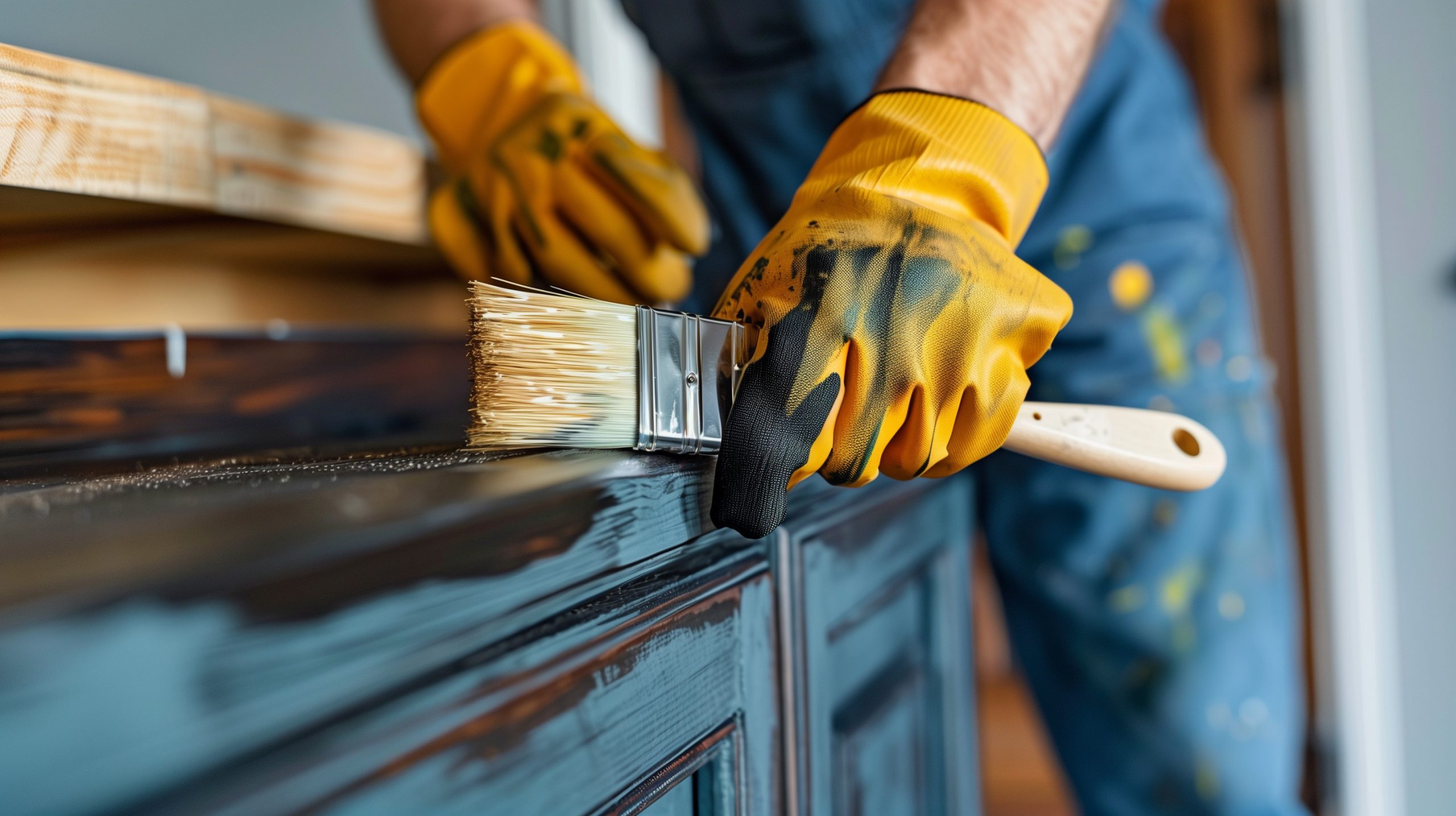
Decoração de casa faça você mesmo
Transforme sua casa com projetos de decoração DIY para cada cômodo. Descubra maneiras criativas e econômicas de personalizar seu espaço com toques artesanais.
Os artesãos podem criar itens lindos e únicos adotando práticas sustentáveis, ao mesmo tempo em que minimizam seu impacto ambiental. Vamos explorar essa abordagem ecologicamente consciente para o artesanato.
Técnicas de artesanato sustentáveis
Técnicas de artesanato sustentáveis são diversas e inovadoras. Elas incluem upcycling, tingimento natural, fabricação de papel ecologicamente correto, costura zero-waste e tecelagem natural.
Esses métodos não apenas reduzem o desperdício, mas também promovem a criatividade e a engenhosidade. Cada técnica oferece uma maneira única de transformar materiais em itens bonitos e funcionais.
Ao adotar essas técnicas, os artesãos podem contribuir para um mundo mais sustentável, criando itens ecológicos e esteticamente agradáveis.
Reciclagem
Upcycling transforma materiais de resíduos em itens novos e valiosos. É uma maneira criativa de reduzir resíduos e dar nova vida a objetos descartados.
Comece identificando itens que podem ser reaproveitados. Jeans velhos podem virar sacolas, garrafas de vidro podem ser transformadas em vasos e pallets de madeira podem ser transformados em móveis.
A chave para o sucesso do upcycling é a imaginação. Olhe para objetos cotidianos com uma nova perspectiva e considere como eles podem ser reinventados.
O upcycling não só reduz o desperdício como também resulta em criações únicas e exclusivas. Cada item upcycling conta uma história e carrega um toque pessoal.
Ao reciclar, você contribui para uma economia circular, onde os materiais são continuamente reutilizados e reaproveitados, reduzindo a necessidade de novos recursos.
Tingimento Natural
O tingimento natural usa materiais de origem vegetal para colorir tecidos e fibras. É uma alternativa ecológica aos corantes sintéticos e oferece tons lindos e terrosos.
Corantes naturais podem ser criados usando materiais como cascas de cebola, caroços de abacate, cúrcuma e índigo. Cada material produz uma cor única.
Para tingir tecidos, ferva os materiais naturais para extrair a tinta, depois mergulhe o tecido no banho de tinta. O processo é simples e gratificante.
O tingimento natural produz resultados impressionantes e conecta você aos métodos tradicionais de artesanato. É uma maneira de honrar a natureza e sua paleta vibrante.
Experimente diferentes materiais e técnicas para criar uma gama de cores e padrões. Tingimento natural é uma jornada de descoberta e criatividade.
Fabricação de papel ecológico
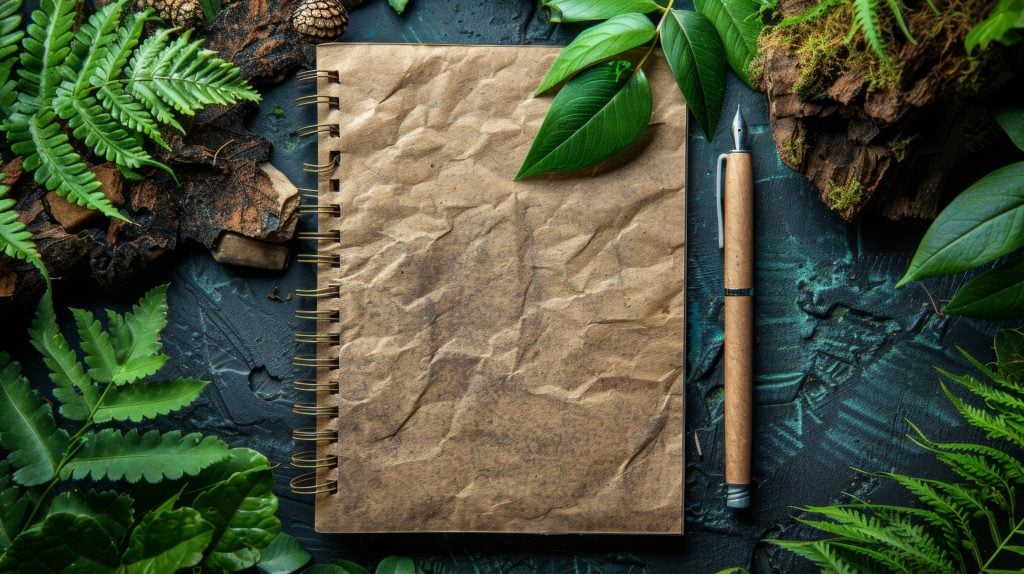
Papel artesanal pode ser criado usando restos de papel reciclado e fibras vegetais. Essa técnica reduz o desperdício e produz papel bonito e texturizado.
Para fazer papel ecológico, misture papel reciclado com água para criar uma polpa. Espalhe a polpa em uma tela para formar folhas de papel.
Adicione materiais naturais como pétalas de flores, folhas ou sementes à polpa para adicionar textura e interesse visual. Cada folha de papel será única.
A fabricação de papel ecologicamente correta é um processo consciente e meditativo. Ela encoraja você a desacelerar e apreciar a beleza das criações artesanais.
Use o papel feito à mão para cartões, diários ou projetos de arte. É um material versátil e sustentável que adiciona um toque pessoal a qualquer criação.
Costura Zero-Waste
A costura zero-waste foca em criar peças de vestuário sem produzir resíduos de tecido. Ela requer planejamento cuidadoso e criação de moldes para usar cada pedaço de tecido.
Comece criando padrões que se encaixem como um quebra-cabeça. Isso garante que nenhum tecido seja desperdiçado durante o processo de corte.
Use sobras de tecido para projetos menores, como acessórios ou colchas de patchwork. Cada pedaço de tecido pode ser reaproveitado e reutilizado.
A costura zero-waste promove engenhosidade e criatividade. Ela desafia você a pensar diferente sobre design e construção.
Ao adotar técnicas de costura sem desperdício, você contribui para uma indústria da moda mais sustentável e reduz o impacto ambiental dos resíduos têxteis.
Tecelagem Natural
A tecelagem natural usa gramíneas, juncos e fibras vegetais para criar itens tecidos. É um método de artesanato sustentável e tradicional.
Colha e prepare as fibras naturais e depois transforme-as em cestos, esteiras ou outros itens usando técnicas tradicionais.
A tecelagem natural conecta você à terra e seus recursos. É uma maneira de honrar métodos de artesanato antigos e criar itens funcionais e bonitos.
Experimente diferentes padrões de tecelagem e materiais para criar designs únicos. Cada item tecido será um reflexo de sua criatividade e habilidade.
A tecelagem natural é uma prática consciente e gratificante. Ela encoraja você a desacelerar e apreciar a beleza das criações artesanais.
Impacto ambiental do artesanato sustentável
O artesanato sustentável reduz o desperdício e a poluição. Ao usar materiais reciclados e ecológicos, os artesãos minimizam sua pegada ambiental.
Outro benefício é conservar recursos naturais. O artesanato sustentável promove o uso de materiais renováveis e reduz a demanda por novos recursos.
Apoiar práticas sustentáveis ajuda a proteger ecossistemas e biodiversidade. Ele incentiva o fornecimento responsável e reduz o impacto no meio ambiente.
Para quem está começando, comece com pequenos projetos e incorpore gradualmente técnicas sustentáveis. Todo esforço conta para um futuro mais sustentável.
Ao escolher o artesanato sustentável, você contribui para um planeta mais saudável e inspira outras pessoas a adotar práticas ecologicamente corretas.
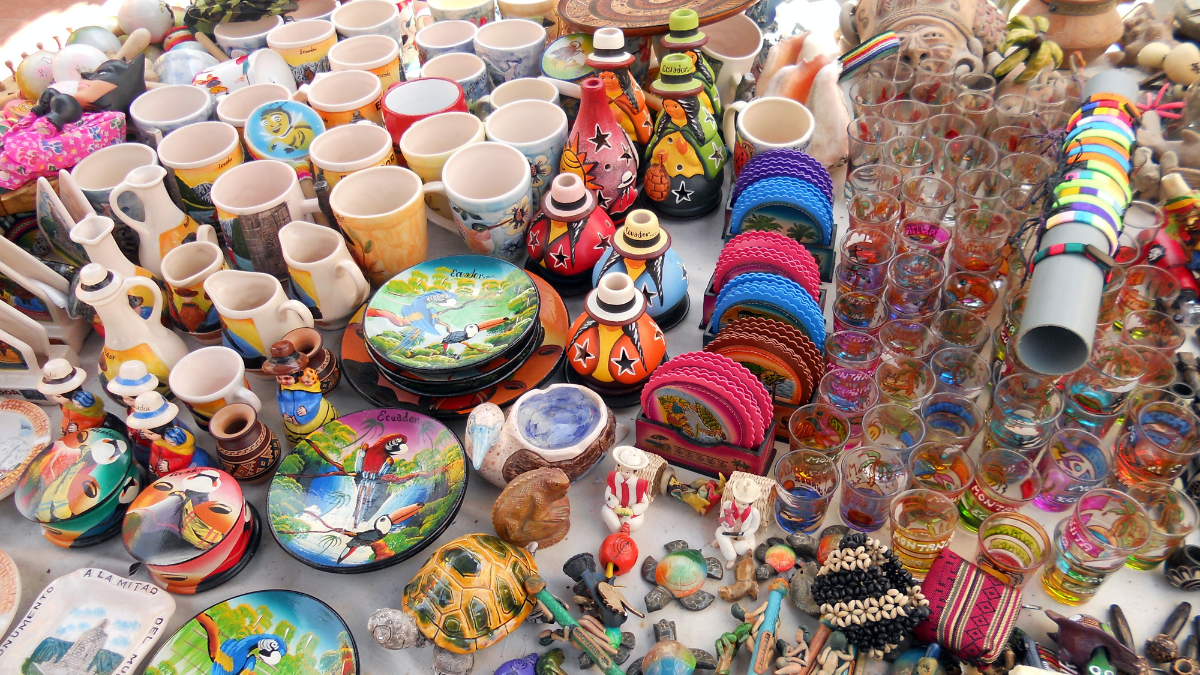
Artesanato Cultural
Explore o mundo vibrante do artesanato cultural. Descubra arte global, técnicas tradicionais e artesanato único de diversas culturas.
Economia Circular e Artesanato
A economia circular é um sistema onde materiais são continuamente reutilizados e reaproveitados. O artesanato sustentável se encaixa perfeitamente nesse modelo.
Historicamente, o artesanato sempre foi sobre engenhosidade e criatividade. O artesanato tradicional geralmente usa materiais de origem local e renováveis.
O artesanato sustentável dá continuidade a essa tradição hoje, promovendo uma economia circular na qual o desperdício é minimizado e os materiais são valorizados.
Os artesãos, ao adotar técnicas sustentáveis, contribuem para uma economia mais resiliente e sustentável. Eles criam itens que são bonitos e ecologicamente corretos.
A economia circular e o artesanato estão interligados, oferecendo um caminho para um estilo de vida mais sustentável e consciente.
Benefícios sociais do artesanato sustentável
O artesanato sustentável cria empregos e gera renda para comunidades locais. Ele apoia artesãos e promove habilidades artesanais tradicionais.
Ao escolher materiais sustentáveis, os artesãos contribuem para a inclusão social e o empoderamento da comunidade.
O artesanato sustentável preserva a herança cultural e as técnicas tradicionais. Ele garante que essas habilidades valiosas sejam passadas para as gerações futuras.
Projetos comunitários e cooperativas geralmente se concentram no artesanato sustentável, promovendo um senso de comunidade e colaboração.
Os benefícios sociais do artesanato sustentável vão além do indivíduo.
Como começar com artesanato sustentável
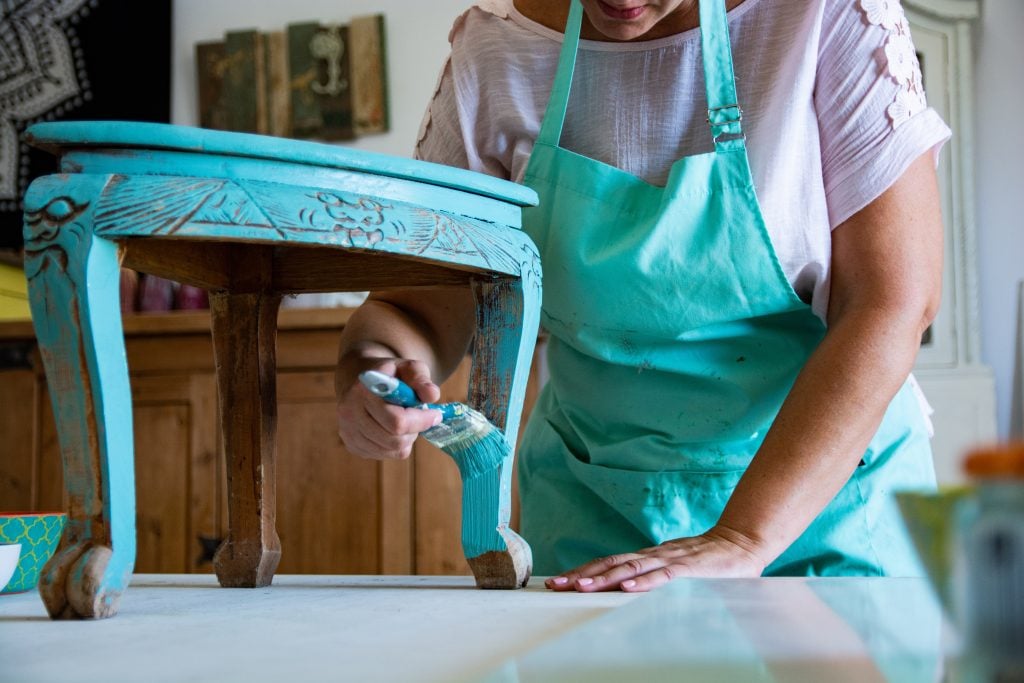
Começar com artesanato sustentável pode ser simples e recompensador. Comece reunindo materiais e ferramentas ecologicamente corretos.
Reserve um tempo dedicado para a criação, livre de distrações. Isso permite que você se concentre e aproveite o processo criativo.
Experimente diferentes técnicas e materiais. Busque inspiração em várias fontes, como tutoriais online, livros de artesanato ou natureza. Isso pode despertar novas ideias e manter sua criatividade fluindo.
Lembre-se de aproveitar o processo e se orgulhar de suas criações. A alegria e a satisfação de fazer algo com suas próprias mãos são inestimáveis.
Conclusão
O artesanato sustentável é uma maneira linda de criar enquanto cuida do planeta. Ele enfatiza o uso de materiais reciclados e ecológicos para reduzir o desperdício.
Da reciclagem criativa ao tingimento natural, técnicas sustentáveis oferecem infinitas possibilidades de criatividade e desenvoltura.
Os artesãos contribuem para uma economia circular adotando práticas sustentáveis e apoiando comunidades locais. Eles criam itens que são belos e significativos.
Os benefícios ambientais e sociais do artesanato sustentável são profundos. Ele promove um modo de vida mais consciente e responsável.
Em um mundo onde tudo está se tornando cada vez mais digital e impessoal, o artesanato sustentável oferece uma maneira de se conectar com a natureza e uns com os outros.

Monetize seu artesanato
Desvende os segredos para ganhar com seu ofício. Descubra estratégias práticas para transformar sua paixão criativa em um empreendimento lucrativo.
Em Alta

Editor de fotos de Natal e Ano Novo: melhores aplicativos
Procurando maneiras fáceis de criar seus próprios cartões de Natal e Ano Novo? Confira esses aplicativos festivos de edição de fotos e comece a se divertir!
Continue lendo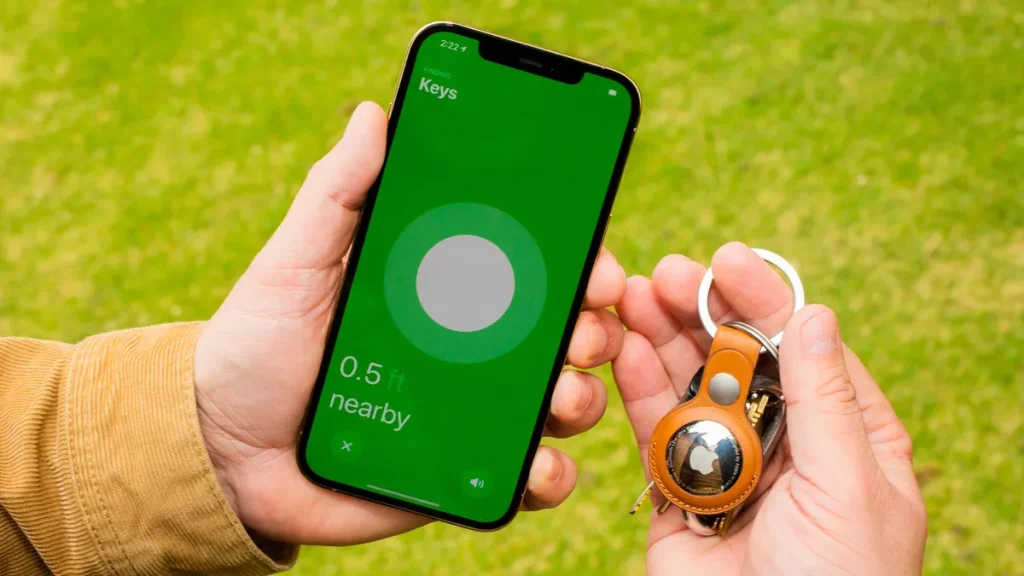
Detecção de rastreamento: conheça o aplicativo da Apple para identificação de rastreadores
Conheça o Tracking Detect, app da Apple disponível para dispositivos Android, desenvolvido para ajudar a localizar AirTags. Aprenda como se proteger do rastreamento!
Continue lendo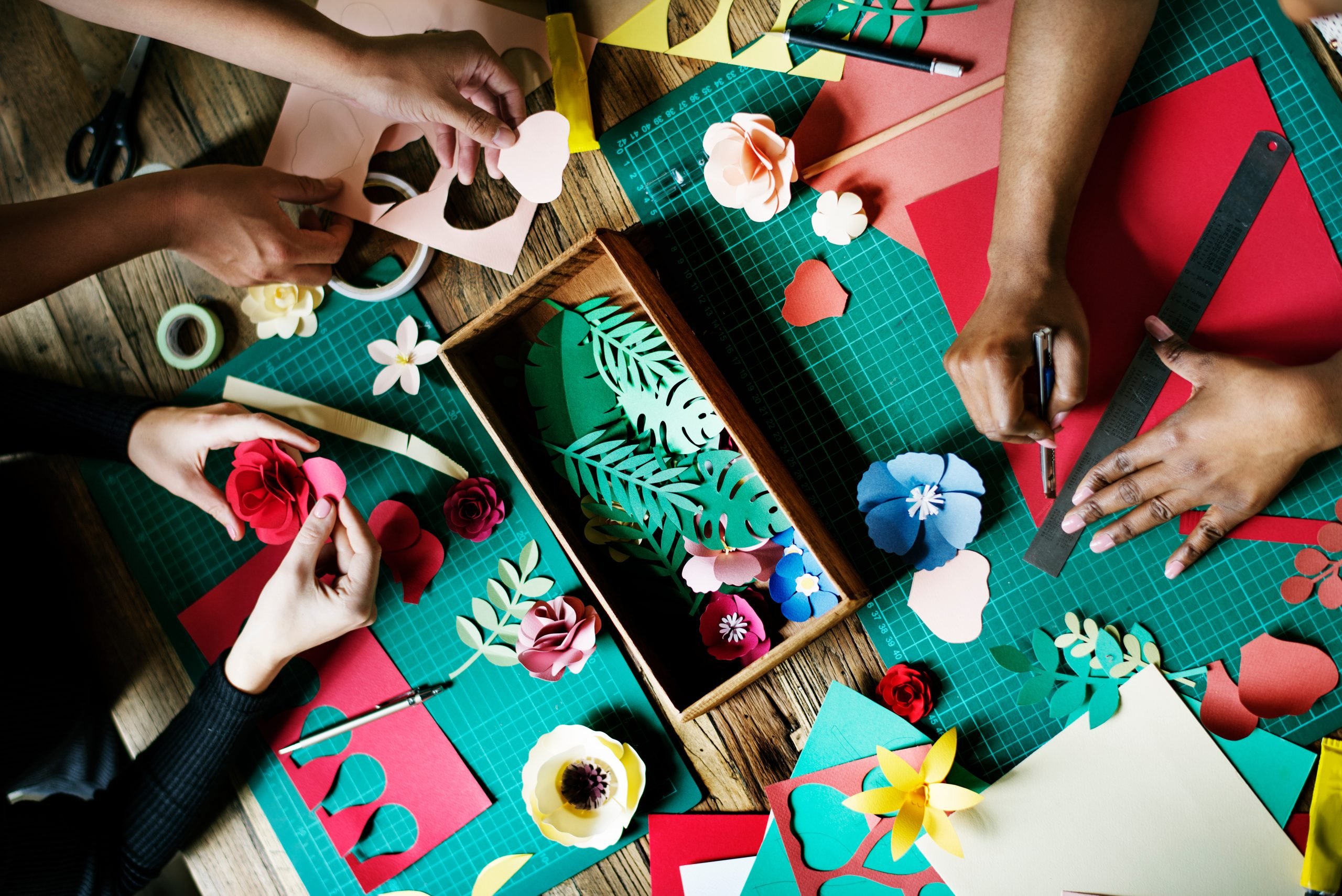
Monetize seu trabalho: estratégias para lucrar com suas habilidades
Desvende os segredos para ganhar com seu ofício. Descubra estratégias práticas para transformar sua paixão criativa em um empreendimento lucrativo.
Continue lendoVocê também pode gostar

Código de cupom AliExpress: como funcionam e como obtê-los
Confira todos os 3 tipos de cupons de desconto disponíveis em todos os momentos! Aprenda a usar os cupons e economize!
Continue lendo
Descubra como obter cupons Shopee e economizar dinheiro em suas compras
Shopee oferece descontos e prêmios para ajudar você a economizar mais dinheiro enquanto faz compras. Descubra como conseguir cupons de desconto e conseguir as melhores ofertas!
Continue lendo
Os melhores aplicativos Pomodoro para ajudar você a se concentrar
A Técnica Pomodoro pode melhorar seu foco e aumentar sua produtividade com um método realmente simples. Saiba tudo sobre os melhores aplicativos Pomodoro!
Continue lendo